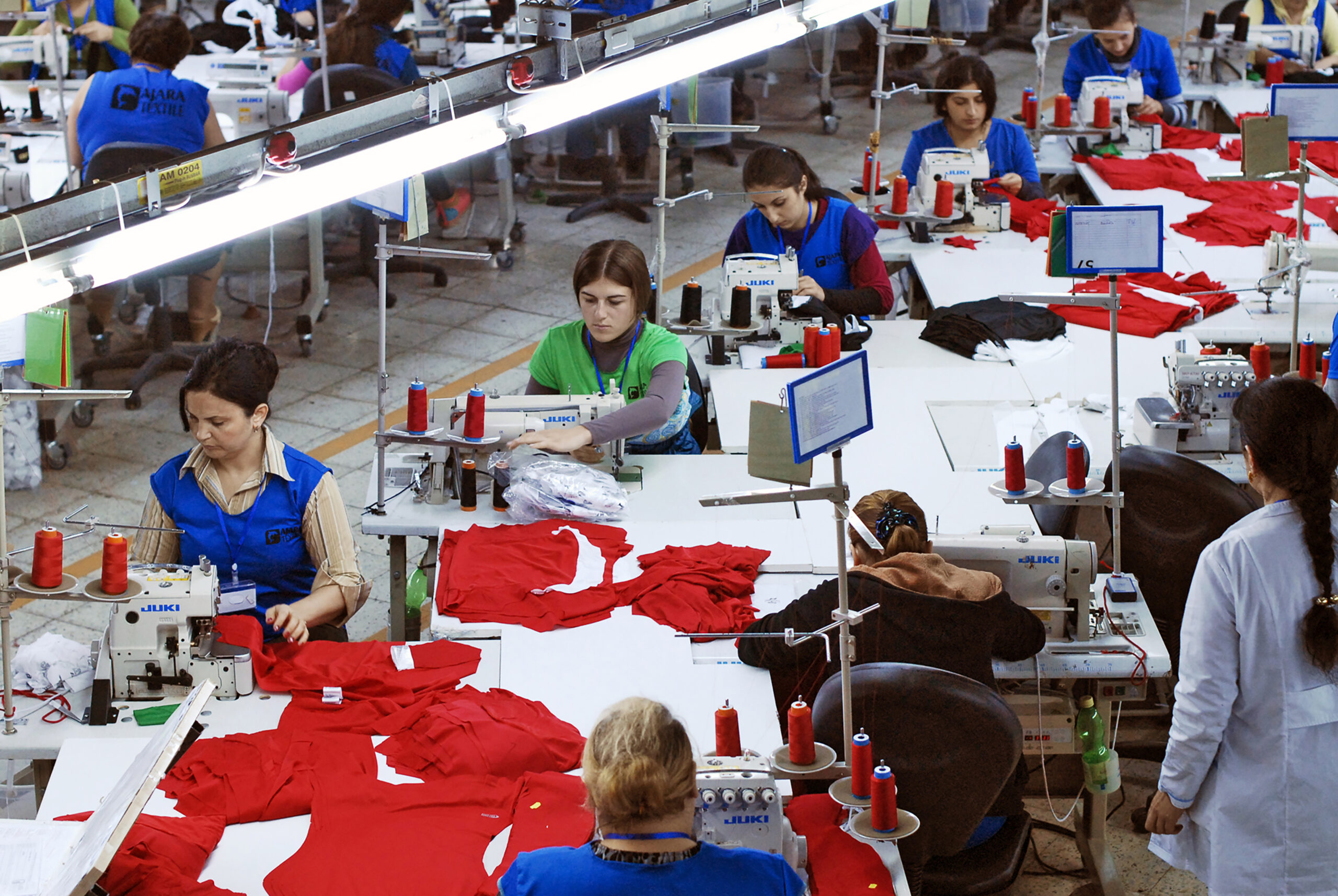Guatemala is among the big winners in its efforts to continue attracting investment in light manufacturing. According to the Trading Economics report with data from the Bank of Guatemala, the gross domestic product contributed by light manufacturing in Guatemala increased to Q21,258.07 million in the first quarter of 2023 from Q20,227.83 million in the fourth quarter of 2022. This is not only because nearshoring is a reality in the Central American country but also proves that Guatemala can take advantage of manufacturing opportunities for job creation.
Textiles dominate light manufacturing in Guatemala at present
Within the light manufacturing sectors in Guatemala, the clothing and textile industry has significant strategic importance at this time. According to estimates from an initial Guatemala No Se Detiene study, the Central American nation has the opportunity to generate an additional US$3.5 billion in exports if there is a focus on products such as men’s shirts, blouses, women’s dresses (knitted), T-shirts, women’s suits and for men, with specific markets to grow in the United States, the United Kingdom, Spain, Germany, and the Netherlands. This effort could generate a 5.2% increase in GDP and generate between 117,217 and 472,617 additional jobs engaged in light manufacturing in Guatemala.
Guatemala’s clothing and textiles cluster comprises companies that generate threads, fabrics, clothing, finishes, and accessories. According to information provided by the same Clothing and Textile Commission ( Vestex ), the importance of the industry in the economy has an impact of 2.5% of the national GDP (this is 2.7 times what tourism contributes for comparison) and generates 14.40% of exports with a total of 51,379 direct and indirect jobs, being the main export product. Coffee, fats, oils, bananas, and sugar follow these export products.
Seventy-two percent of clothing and textile industry exports have the United States as their leading destination. This circumstance reflects the importance of the strategic relationship with that country to continue supporting a joint work agenda to develop more and better economic opportunities. The rest is exported, 22% to Central America and 6% to other countries, including Mexico and the European Union.
Many products carry the “Made in Guatemala” label
Light manufacturing in Guatemala is very well evaluated in the world ranking of the North American market. The country is the fifth supplier of cotton t-shirts, the sixth in synthetic t-shirts, the seventh in cotton bags, the seventh in synthetic t-shirts, and holds eighth place in synthetic shorts and pants. Major brands such as VF, Nike, Target, Gap, Fanatics, Lucky, Hanes, Kohl’s, Carhartt, J. Crew, Old Navy, Land’s Sea, and Polo Ralph Lauren, among others, carry the Made in Guatemala label.
Twenty-five percent of the maquilas involved in light manufacturing in Guatemala are located in the municipality of Guatemala, and others have been established in Mixco 24%, Villa Nueva 14%, Palín 13%, San Pedro Sacatepéquez 6% and Amatitlán 6%. Given the growth of light manufacturing in Guatemala, improving infrastructure is vital for maintaining the competitiveness of this sector in the country. That is why it is so important to continue to advance the 64 projects that have been identified in Guatemala No Se Detiene that prioritize logistics corridors. Additionally, facilitating the studies and resources necessary to develop other strategic routes that connect the ports of the Pacific with the Atlantic and the route of the southern corridor from Guatemala City to Puerto Quetzal is fundamentally vital to efforts to promote light manufacturing in Guatemala. Finally, approving initiative 5431 General Road Infrastructure Law in the Congress of the Republic will facilitate Guatemala’s further development in the light manufacturing sector.
It is of great importance to continue developing light manufacturing in Guatemala
The promotion of light manufacturing in Guatemala holds paramount importance in advancing the country’s economic growth for several compelling reasons:
Firstly, light manufacturing industries, characterized by the production of textile and consumer goods and electronics, have the potential to diversify the economy and reduce its heavy reliance on traditional sectors like agriculture. This diversification can enhance resilience to external economic shocks.
Secondly, establishing light manufacturing facilities can create employment opportunities, especially for the rapidly growing young population, thus reducing unemployment rates and improving living standards. Moreover, these industries often require skilled labor and technology adoption, contributing to human capital development and technological progress.
The production of light manufactured goods can also serve as a platform for exports, bolstering foreign exchange earnings and expanding international trade. Finally, this sector’s growth can foster the development of a robust supply chain and infrastructure, attracting foreign investments and stimulating domestic entrepreneurial activities.
In summary, promoting light manufacturing in Guatemala is pivotal to fostering economic growth by diversifying the economy, creating jobs, developing human capital, increasing exports, and catalyzing broader economic development.

